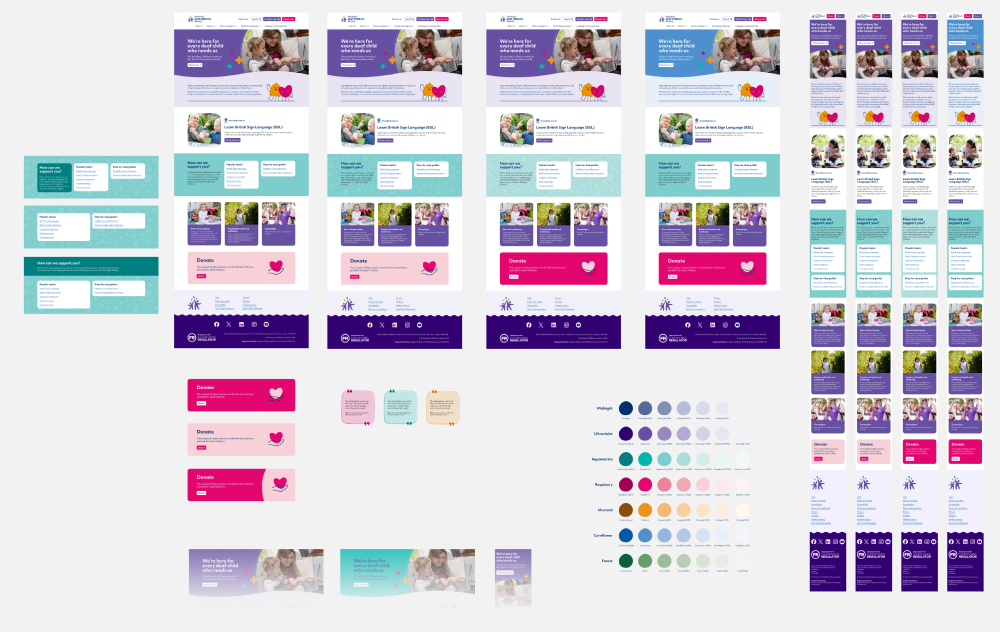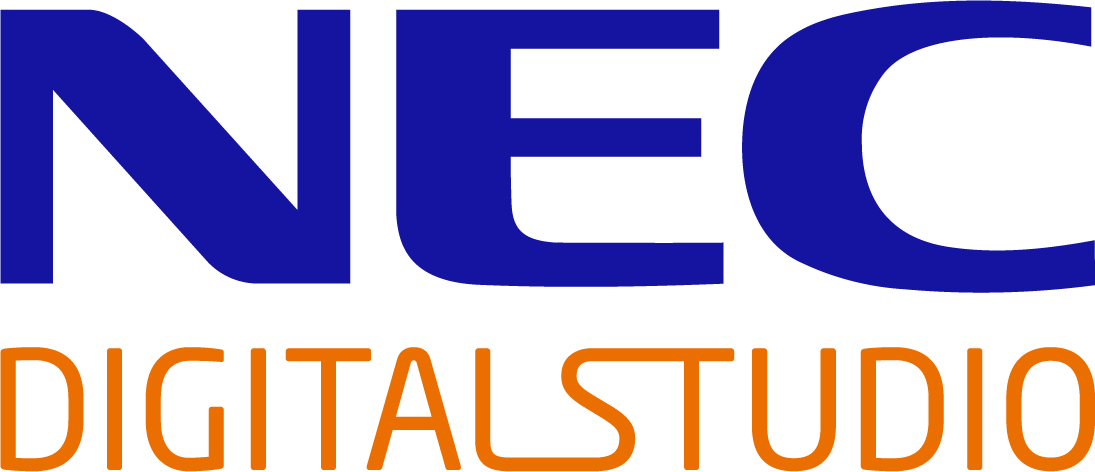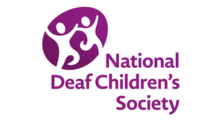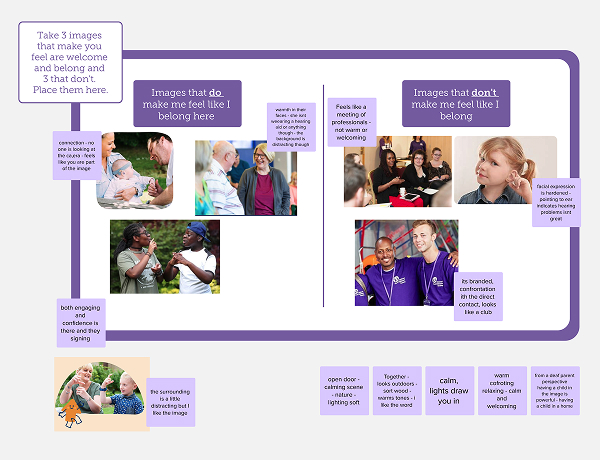The opportunity
When the National Deaf Children’s Society created their new five-year strategy, it was clear that their website should play a big role in bringing it to life. We were asked to design a new website to help deliver their strategic objectives and meet the needs of the different types of people who rely on their services.
The results
We created and tested a new website design facilitating several key online and off-line journeys. In the process, we enhanced the charity’s user-centred design capabilities, leaving them with the skills and tools needed to maintain effective content in the future.
A strategy-enabling project
The National Deaf Children’s Society recently launched a five-year strategy outlining its key objectives. These include providing life-changing information and advice, building communities that unite families, and being the leading global authority on childhood deafness.
To achieve these objectives, the society has to meet the needs of children, parents, professionals and policymakers. It must play many roles, from helping people get support, to inspiring and enabling people to fundraise.
The charity identified that their new website needed to play a critical role in seamlessly connecting people with different journeys, both online and offline, and as individual users’ needs evolve over time. The way to achieve this was to put their audience at the heart of the design process.
The National Deaf Children’s Society’s new website needs to support their ambitious strategy by allowing each of their different audiences to easily find and access what they need.
To enable this, we had to understand how the organisation’s different journeys work and fit together – both operationally, and from users’ perspectives. And understand what information users would need, how they’d look for it, and how they’d like to access it.
Working as one team
The National Deaf Children’s Society wanted a partner who could work with them as one team. So, we successfully dissolved the boundaries between our teams and worked together almost seamlessly throughout the project, using an agile sprint methodology.
This partnership extended beyond the society’s website team, for example our user researcher worked closely with their user researchers, our service designer worked with those responsible for their wider journeys, and our interaction designer worked closely with their in-house design team.
Caption: Remote participatory research exercise to uncover user feelings and needs
Multi-disciplinary approach
Our work involved the multiple challenges of addressing the wider strategy, considering several online and offline journeys, and ensuring the site works well for all its users. To do this, we opted for a cross-functional team of specialists in user research, service design, content design, interaction design and accessibility. The team worked in overlapping phases.
Discovering user and business needs
First, we set out to understand the needs of the National Deaf Children’s Society and its users. Our user researcher interviewed users of each type, focusing on journeys including getting information and support, fundraising, donating, and becoming a member. We used several research methods including participatory research, a collaborative approach with users which can reveal insights that might otherwise be missed using a less creative approach.
Our service designer’s role was to rationalise and facilitate connections between the various journeys. This was important because with so many different channels, services, and user types, the website has many starting and leaving points. We created maps of these existing journeys, to help bring a shared understanding to the project team.
Using card sorting and tree testing, our content designer and user researcher tested the existing navigation and other information architecture. This highlighted opportunities for clarifying the navigation and better aligning it to users’ mental models.
We analysed existing website traffic and carried out a ‘Top Tasks’ survey. The results showed us which content is most important to users.
Defining direction and priorities
Drawing on the user and business research, we defined the key needs to address. These allowed us to outline the new website’s specific strategic goals and scope.
Working with the charity, our service designer rationalised and redesigned the key journeys to inform the website design. The results were clearer, easier journeys, free from loops or dead ends.
Our content and interaction designers began to test new information architecture.

Caption: A ‘playground’ where we explored different design variations
Designing for an accessible experience
Our focus on addressing specific user needs continued throughout the design of the website’s elements.
We know that 30% to 40% of young deaf people have additional needs, so our comprehensive approach to accessibility was crucial on this project. Our interaction designer built a library of reusable components and templates, working with our accessibility specialist to ensure they met WCAG 2.2 AA standards. We used these to design for both mobile and desktop.
With the society’s in-house design team, we defined the new site’s creative direction – so that it reflects their new brand. A related strand of our work was to create a detailed style guide informed by the new brand identity.
We ran a workshop with their content team to create a high-level content strategy for the new website and worked with them to content design prototype pages.
It’s vital that people can easily find what they’re looking for, so we did multiple rounds of design and testing with users, both in labs where we observed prototypes being used, and by evaluating navigation using tree testing. These activities ensured that it was easy for people to do things like becoming a member, fundraising, or donating.
Capability building
It was important to the National Deaf Children’s Society that we transfer knowledge to their teams. Throughout the project we helped in various ways to build their team’s user-centred design maturity.
We worked as one team in the open, sharing what we were doing and how we were doing it, not just the final deliverables. We ran stakeholder workshops that both advanced our understanding and demonstrated how research and design work happens.
We offered ‘lunch and learns’, and other ad hoc learning sessions on topics including service mapping, card sorting and tree testing, prototyping and user research. And we offered one-to-one feedback on prototype materials created by the organisation’s team members.
We made recommendations to senior stakeholders on strategic approaches that would make content generation and maintenance easier in the future.
Caption: We designed the website for mobile and desktop
Smoothing the transition to build and beyond
We strove to ensure a seamless transition to the development team by creating the assets they would need and holding a handover workshop with them.
The final package of materials handed over included journey flows, designed pages in Figma, and the final navigation and information architecture including suggested URL structures.
We passed over a comprehensive component library based on the new brand. This set of accessible components allowed for flexibility when building different page types in the content management system.
We included detailed design documentation on site architecture and key interactions as well as accessibility considerations for the build.
We mapped out a content workflow and governance process with the the National Deaf Children’s Society’s content team, to help them work consistently in future, and to inform their workflow requirements for their new content management system.
To help them measure the future success of the new website, we created an impact framework derived from our initial user and business research.
A website that supports the National Deaf Children’s Society’s strategy
The charity’s new website is currently being built.
We designed it to be easier for people – whether parents, children, professionals, or policy-makers – to find what they need among the wealth of information offered.
Its design ensures people can move seamlessly from one journey to another, whether seeking life-changing advice, or learning about fundraising and donating.
Having placed users at the heart of its design process, the website will help the National Deaf Children’s Society meet its strategic goals of supporting more children and families and becoming the leading global authority on childhood deafness.





